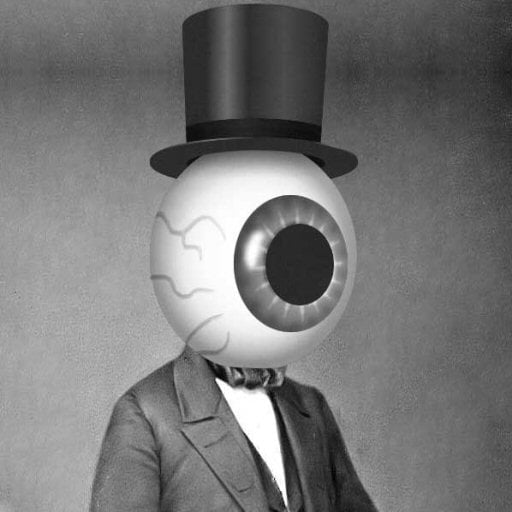I saw a 3d printer using plastic pellets instead of filament.
Is this a good idea? Because I never saw anyone doing this.
Seller says “in this way it won’t run out of filament” but I have the impression of imprecise extrusions (machine was fitted with a big 0.8mm nozzle)
It was tried, quite extensively, early on in the reprap movement. No-one managed to get it working reliably. The issue is that the pellets don’t feed consistently enough. This means the flow is inconsistent. This massively messes with the quality of the print.
There are theoretical ways to compensate. Unfortunately, most result in a huge jump in complexity and weight on the head. Neither is a good thing.
Basically. The benefits aren’t generally with the costs, outside of a few, very niche areas. It’s also now easier to source filament most places, compared to pellets. So even that isn’t a game changer.
Pellet printing is usually used in larger printers. You can get much higher flow rates and the pellets are cheaper than filament. That’s good when your build volume is measured in cubic meters and you are using many kilograms of plastic in one print.
There are downsides as well. High throughput pellet feeding hot ends are insanely expensive. But there are practical issues as well, retraction can be really tough to dial in.
This was my first question how the hell do you do retraction???
A little vacuum pump, like a carburetor on a motorcycle from the 70’s? Hell if I know, but that’s my idea.
I mean the same way, retraction isn’t pulling the molten filament out of the nozzle in FDM so I’m either filament or peeler based extrusion you just run it in reverse briefly.
Do you need to? If you put a valve on the nozzle, then you can stop flow even more reliably than retraction does
there’s this: https://greenboy3d.de
Not cheap though, and I think the first batch hasn’t shipped yet.
the main merit to me would be printing super soft materials that cant even be made into filament reliably becomes possible
Like chocolate? I would love a food safe 3d printer to print chocolate. Just sayin’
Very expensive for what’s basically a gimmick. Though I’d probably buy one if I owned a confectionery.
he does say you can do chocolate. apart from the hot end, auger, and mechanical parts it’s all 3d printed though. I guess you could go through the cursed endeavour of setting up an all stainless printer to print all the parts in one of those so called food grade filaments but I don’t trust that much. Or you can just operate off the understanding that we are all saturated in plastic already.
Imagine, if you will, hot glue sticks, only in chocolate.
You won’t need to have the entire printer be stainless, just the hot end/heatblock and heat break.
Then a feed system that drop more sticks in as the next gos down.
The stick can be driven by a food safe silicone rubber wheel. Maybe some sort of squashy tread so you get better contact/traction.
Wouldn’t be able to have super-high retraction, since it’s not a continuous length… but details.
I think one of the existing chocolate printers actually used that design. I was concerned about chocolate pellets in a printed hopper though.
Chocolate sticks can be printed easily, though.
12-25mm diameter filament.
Use an all metal hot end (stainless steel, preferably,). And slow its feed rate down with a gear reduction.
You wouldn’t even need them to be round if you milled out your own heat block. Just of a consistent cross section.
Looks good, thanks for sharing! If they add Bambu support, I’ll probably buy it.
Well, they put my Low-Poly Rose Twist Vase in the background so it seems legit 🤷
You would be giving up some feed-rate control and retraction. Probably not too bad with certain materials and large scale prints, but I’d be surprised if you could do anything moderately precise with this.
Uuuuhhh that’s why all the samples were printed in vase mode with a huge nozzle!
I didn’t think about retraction!
Nice to see Piocreat improved this printer. Last year they used V-roller on a $2k+ printer.
Was very interested in it but decided against it as the price didn’t matched the hardware.
You want to minimize wight and vibration on the printing head. And everything that deals with pellets adds a great deal of both.
In theory you can manage to melt the pellets in a static machine away from the printing head. But you will get a lot of new problems getting it where you need and switching it on and off as needed.
Pellet feeders are not meant for high speed machines. Pellet feeders are for large format machines where the speed comes from the volume of filament they can extrude while printing.
Ok. That is a very compelling use case. I guess over some size they become a non-brainier.
As with everything 3d printing, it’s a tradeoff.
It’s harder to prevent oozing, harder to change colors, worse quality(usually) and larger nozzles.
But you print much cheaper, often can print larger parts with larger nozzles (stronger).
What I do with printing, I’d seriously consider a retrofit pellet extruder on my smallish machine (e5+) If it were reasonably priced.
Almost everything I do is “structural” and doesn’t need to be pretty direct off the printer.






